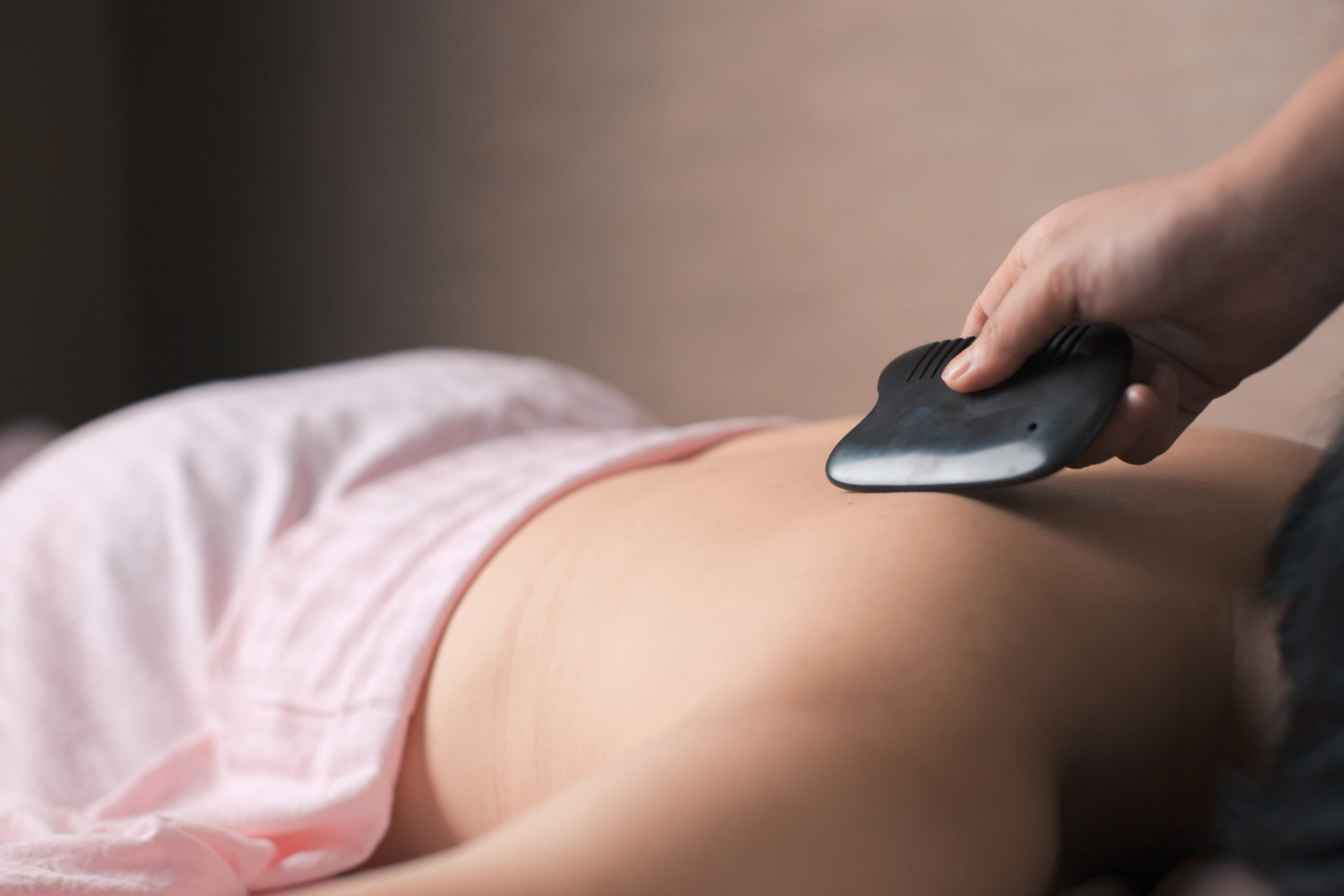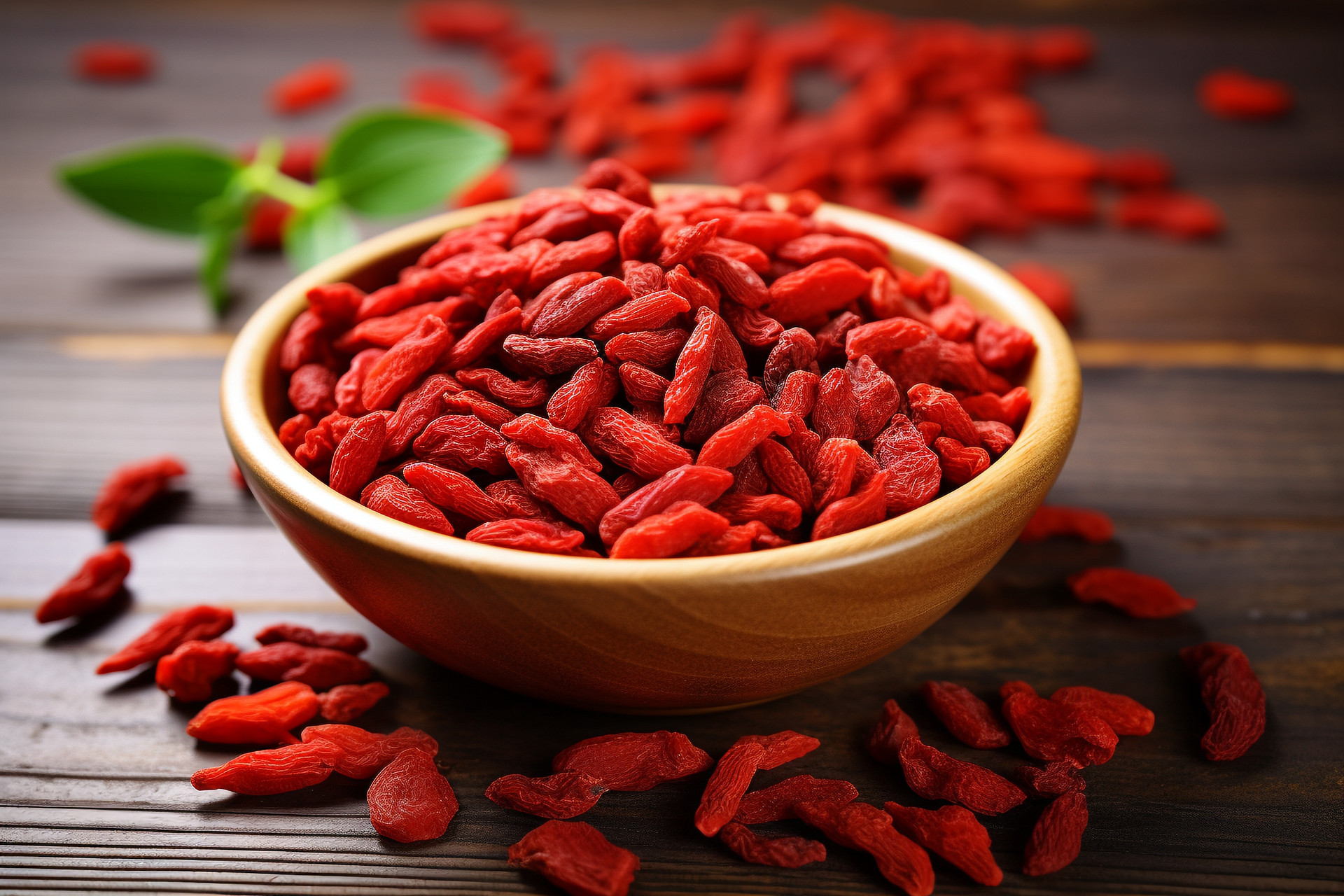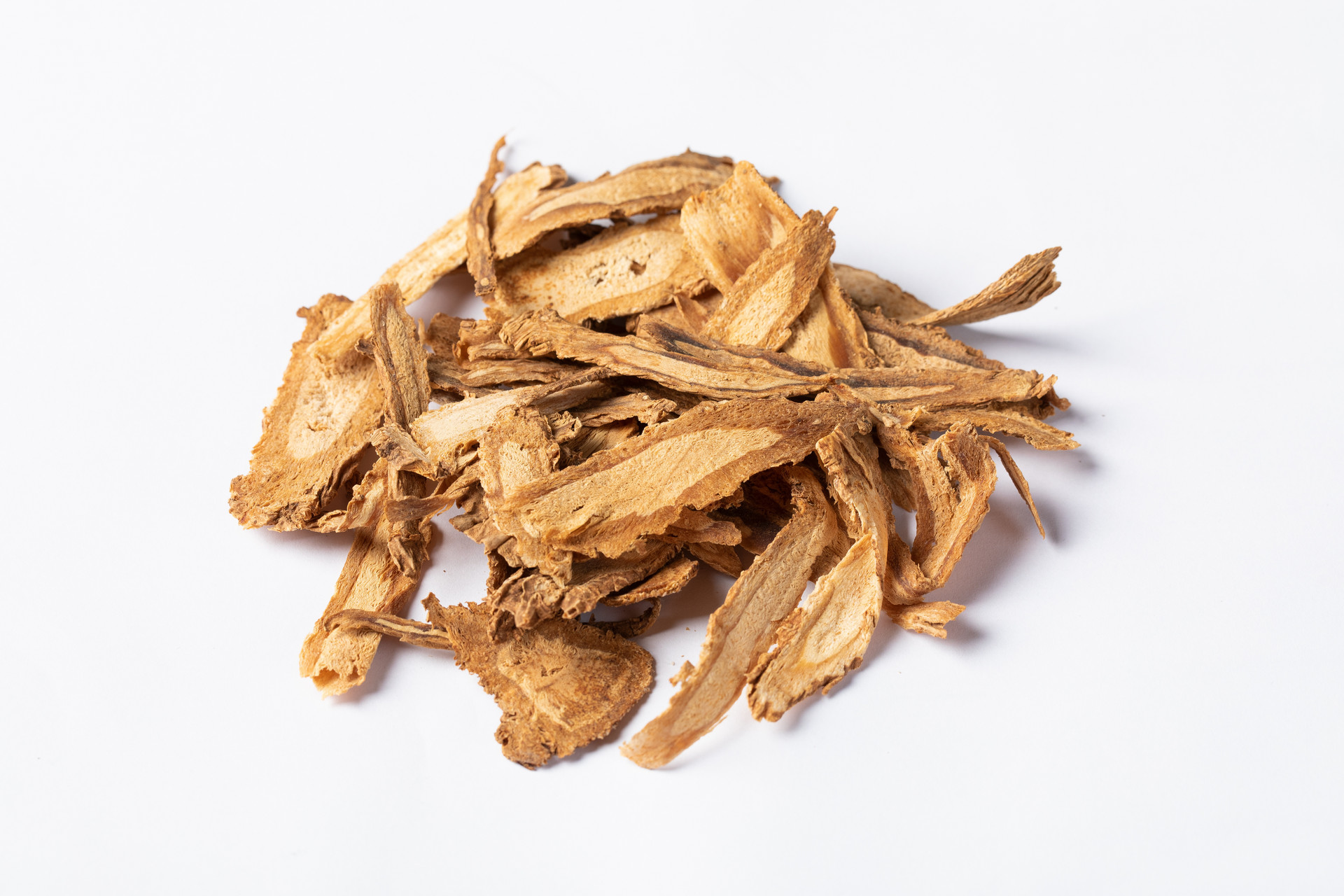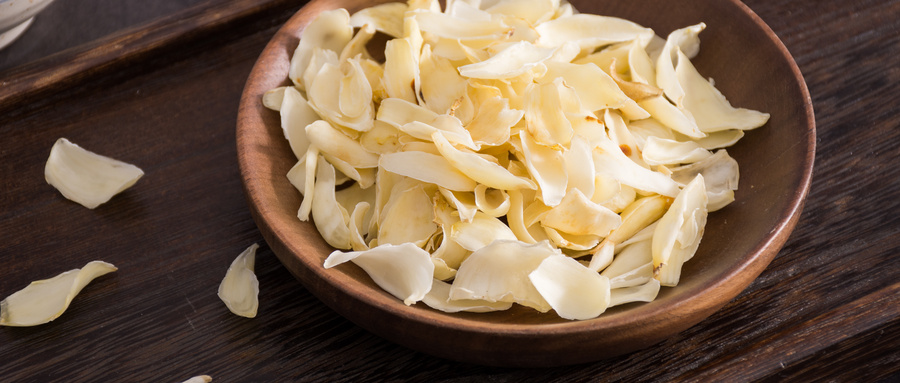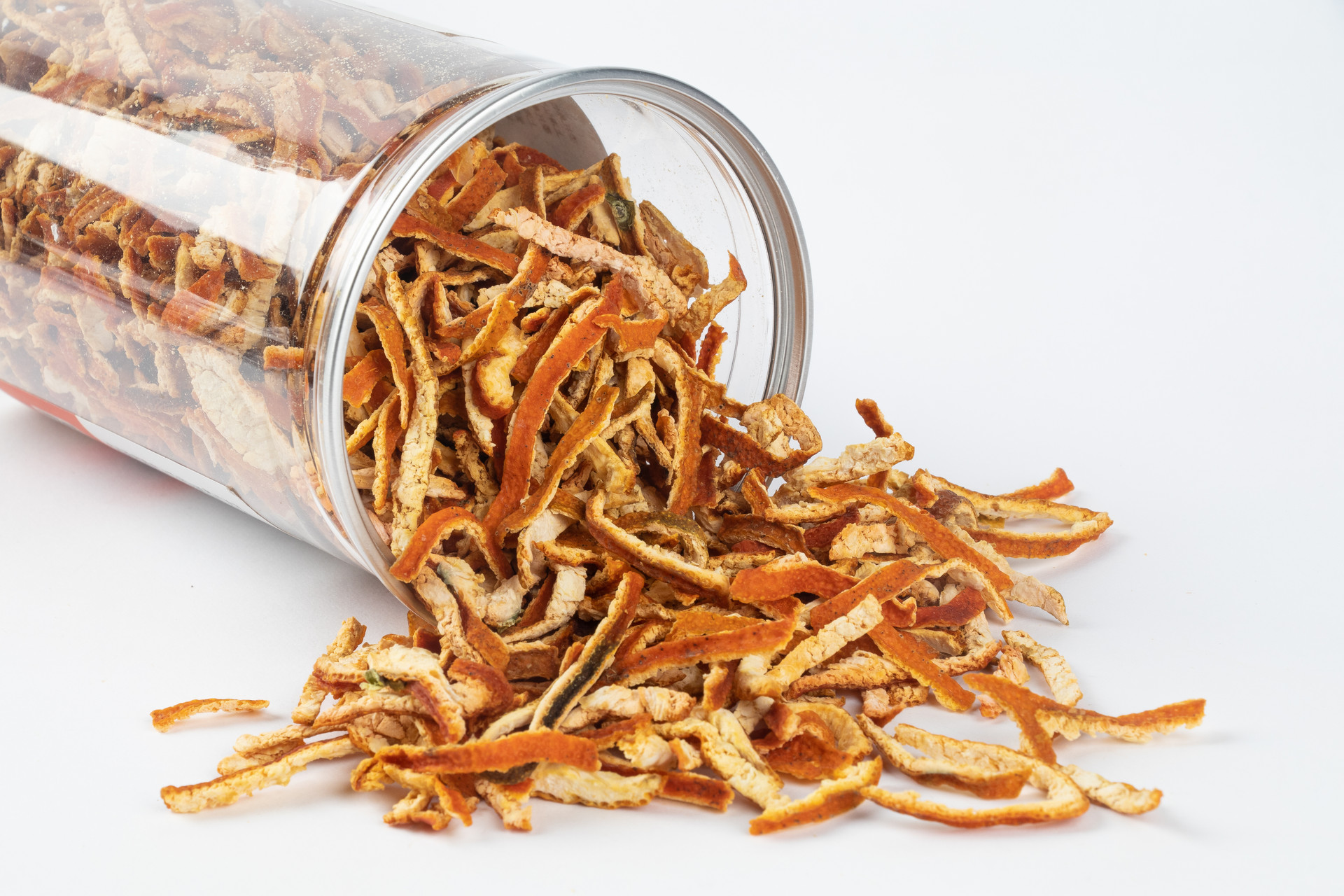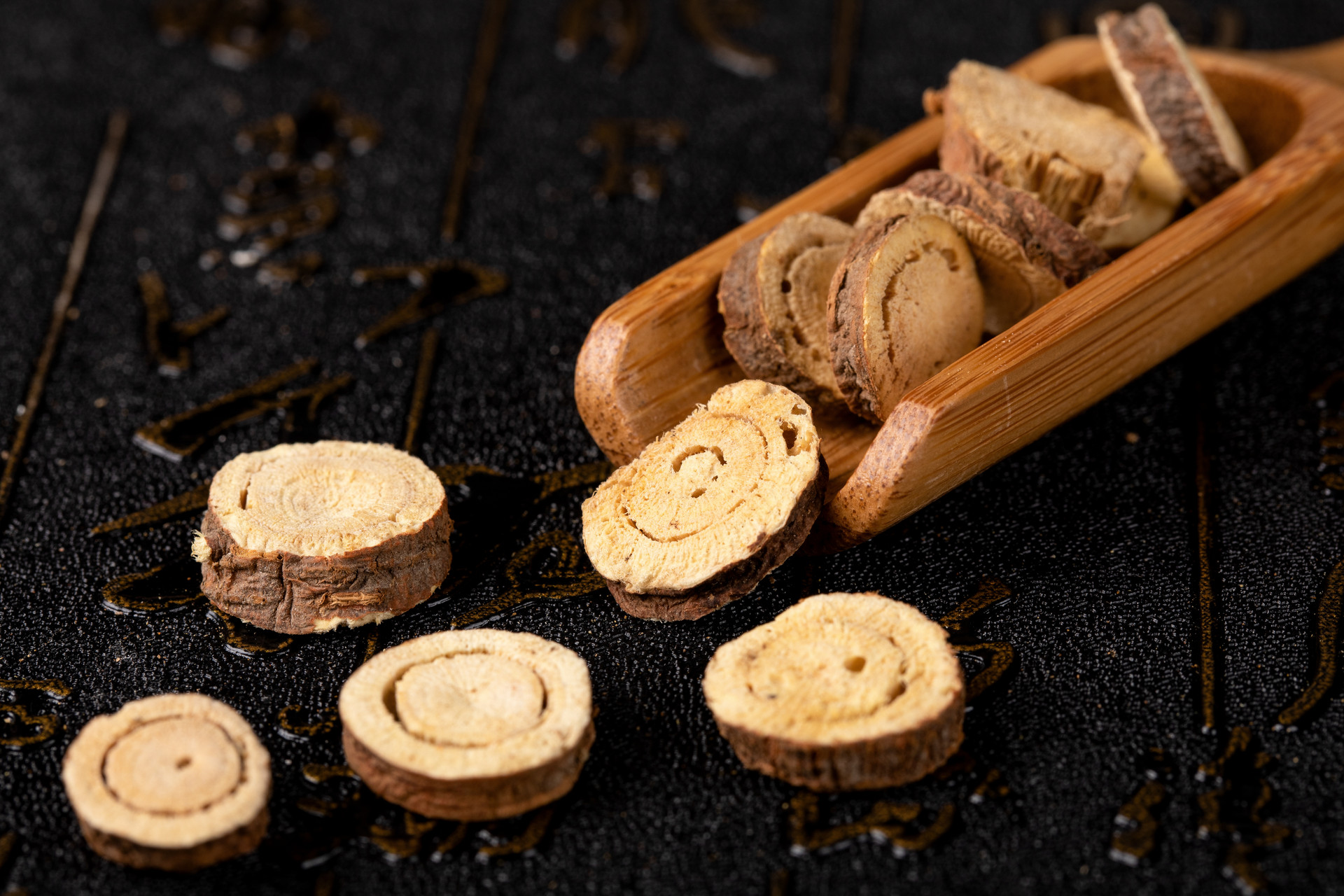Royal jelly, also known as king jelly, queen jelly, bee milk, or royal milk, is a milky-white gelatinous substance secreted by the worker bee pharyngeal gland and post-pharyngeal gland of the honey bee species Apis cerana Fabr. According to "Chinese Animal Medicine", the production of royal jelly should be conducted 48 to 72 hours after transferring the larvae. The production colony should be inspected, and if the wax cup has been transformed into a queen cell and the larvae have grown, the royal jelly can be harvested. The harvesting process should be carried out in a clean indoor environment, with workers wearing protective clothing and masks. First, the frame bars are removed, and then the larvae are carefully extracted using small forceps. The royal jelly is immediately placed in a brown glass bottle, sealed, and stored at low temperatures.
[Processing method] Take the raw medicinal material and remove impurities.
[Characteristics of the medicinal slices] It is a milky-white to pale yellow or reddish gel-like liquid. It has a sour, astringent, and pungent taste.
[Quality requirements] The total ash content should not exceed 1%.
[Processing purpose] Royal jelly has a sweet and sour taste, and is neutral in nature. It has the functions of nourishing the body, strengthening the constitution, benefiting the liver, and invigorating the spleen. After processing, impurities are removed, making the medicinal substance purer. It is used for post-illness weakness, malnutrition in children, senility, infectious hepatitis, leukopenia, duodenal ulcer, rheumatoid arthritis, hypertension, diabetes, functional uterine bleeding, and infertility. It can also be used as an adjuvant treatment for cancer. For example, it can be used to treat acute infectious hepatitis, progressive malnutrition syndrome, and chronic rheumatoid arthritis (according to "Chinese Animal Medicine").



